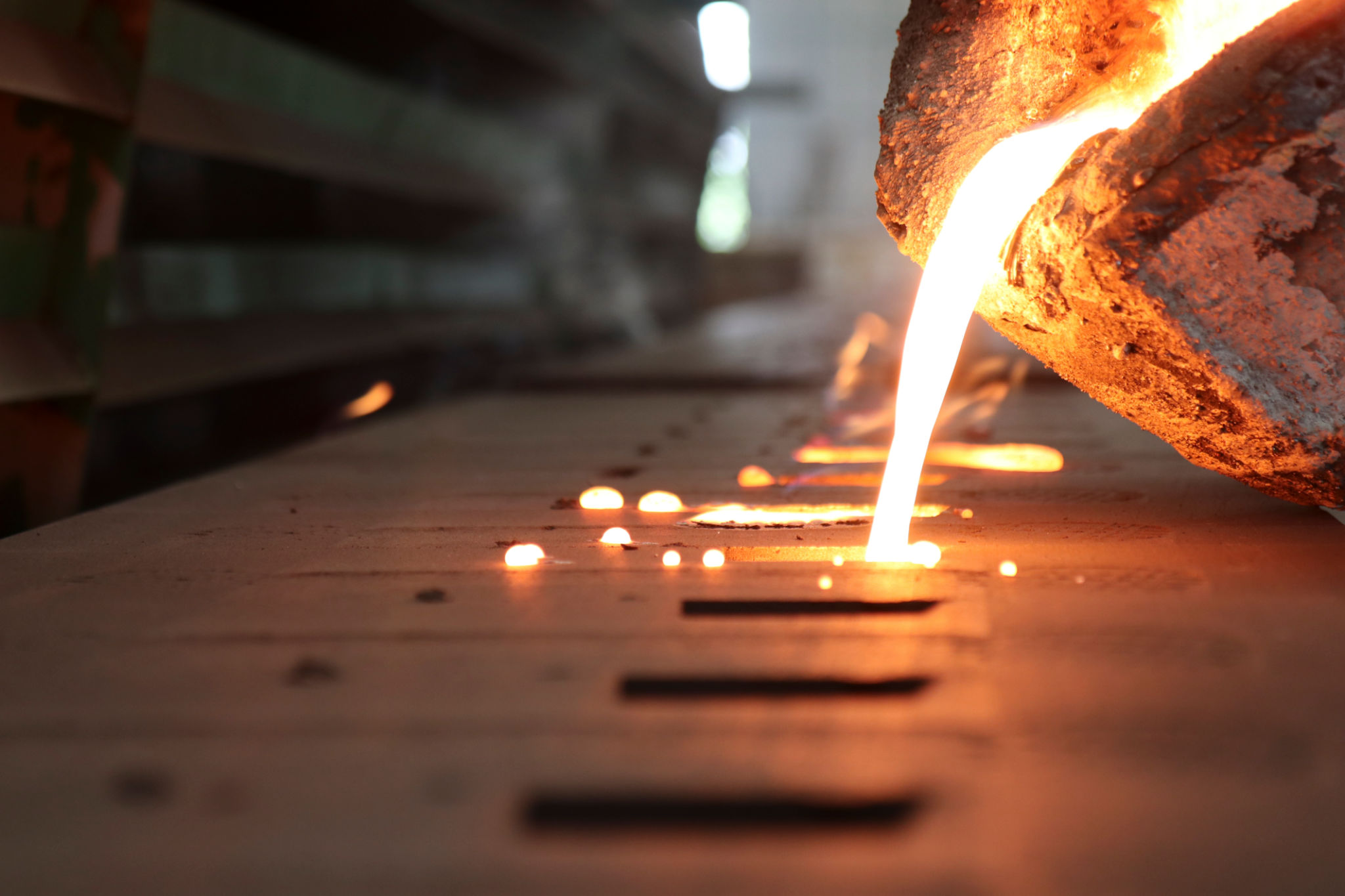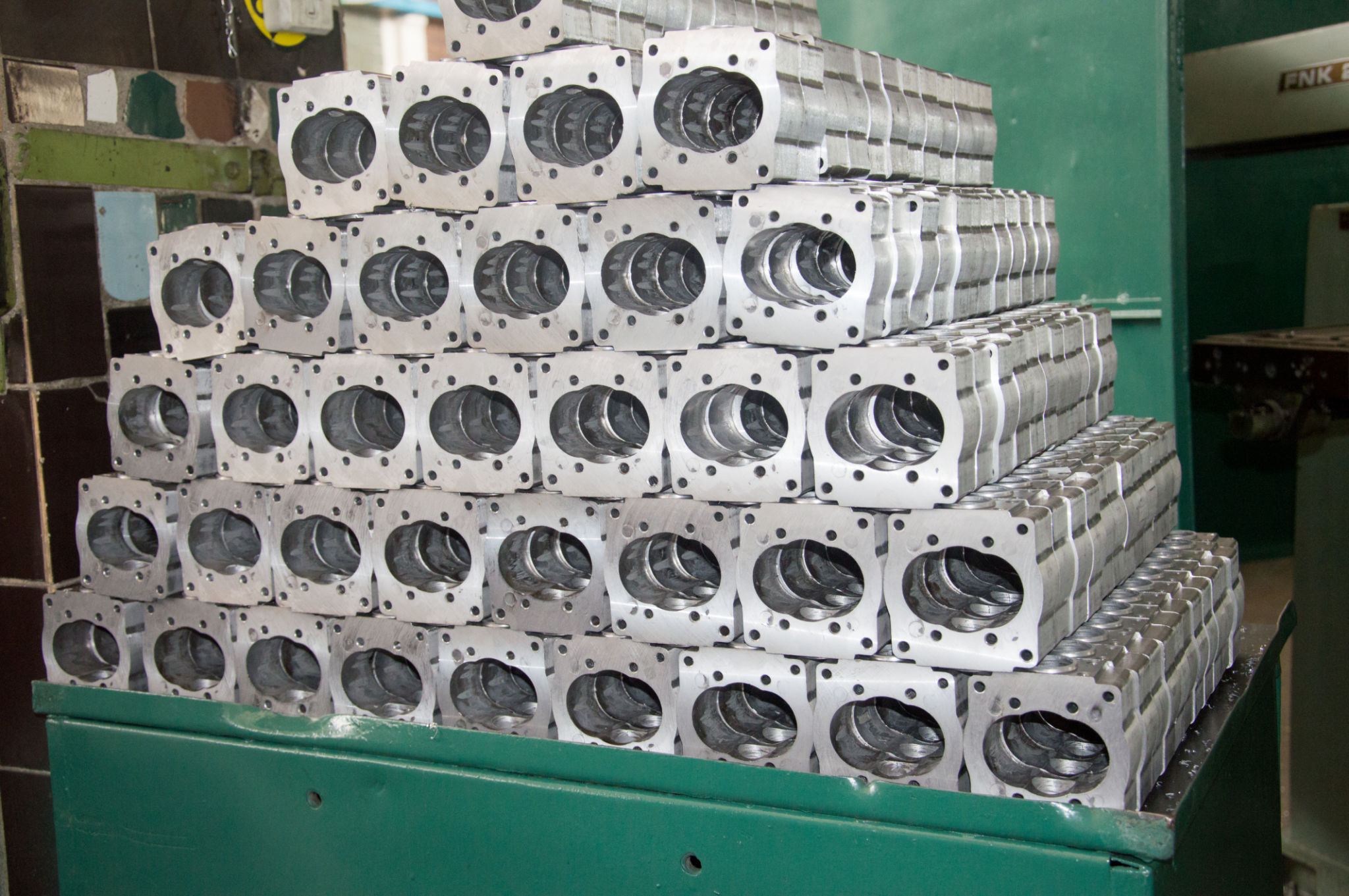Comparing Metal Casting Techniques: Which is Right for Your Project?
Understanding Metal Casting
Metal casting is a versatile and widely used manufacturing process in which molten metal is poured into a mold to create a desired shape. This technique has been employed for centuries and is essential in producing complex parts and components for various industries, from automotive to aerospace. However, choosing the right metal casting technique for your project can be challenging, given the numerous options available.
Each casting method has its advantages and limitations, making it crucial to understand the specifics of each to determine which is best suited for your needs. Factors such as the type of metal, the complexity of the design, production volume, and cost should all be considered when selecting a casting process.

Sand Casting
Sand casting is one of the oldest and most widely used metal casting techniques. It involves creating a mold from sand, which is relatively inexpensive and easy to shape. This method is ideal for producing large components and is highly adaptable to different shapes and sizes. Sand casting is suitable for a wide range of metals, including iron, steel, aluminum, and brass.
One of the major benefits of sand casting is its cost-effectiveness for low-volume production runs. However, it may not provide the high precision or smooth surface finish that other casting methods offer. Despite this, it remains a popular choice for many industries due to its flexibility and affordability.
Investment Casting
Also known as lost-wax casting, investment casting is renowned for its ability to produce intricate and detailed components. This method involves creating a wax pattern, which is then coated with a ceramic shell. Once the shell hardens, the wax is melted away, leaving a cavity that is filled with molten metal.

Investment casting is particularly useful for producing small-to-medium-sized parts with complex geometries. It provides excellent surface finish and dimensional accuracy, making it ideal for applications where precision is critical. However, it can be more expensive than other methods and may not be cost-effective for high-volume production.
Die Casting
Die casting is a fast and efficient method used mainly for producing large quantities of small-to-medium-sized metal components. This technique involves injecting molten metal into a steel mold or die under high pressure. It is commonly used with non-ferrous metals such as aluminum, zinc, and magnesium.
The main advantage of die casting is its ability to produce high-precision parts with excellent surface finishes in a short amount of time. However, the initial setup costs can be high due to the need for custom tooling. This makes die casting more suitable for high-volume production runs where the tooling costs can be amortized over a significant number of parts.

Centrifugal Casting
Centrifugal casting is a technique that involves pouring molten metal into a rotating mold. The centrifugal force helps distribute the metal evenly around the mold's cavity, making it ideal for producing cylindrical parts such as pipes and rings. This method provides excellent material properties and structural integrity due to the directional solidification of the metal.
Centrifugal casting is beneficial for applications that require high strength and durability. It also offers good dimensional control and surface finish. However, it may not be suitable for complex geometries or intricate details, limiting its use to simpler shapes.
Conclusion
Choosing the right metal casting technique depends on several factors, including the complexity of the part, production volume, material properties, and budget constraints. Understanding the strengths and limitations of each method will help you make an informed decision that aligns with your project's requirements.
By carefully evaluating your needs and considering these different metal casting techniques, you can ensure that your project benefits from the most appropriate method, leading to successful outcomes and high-quality products.
